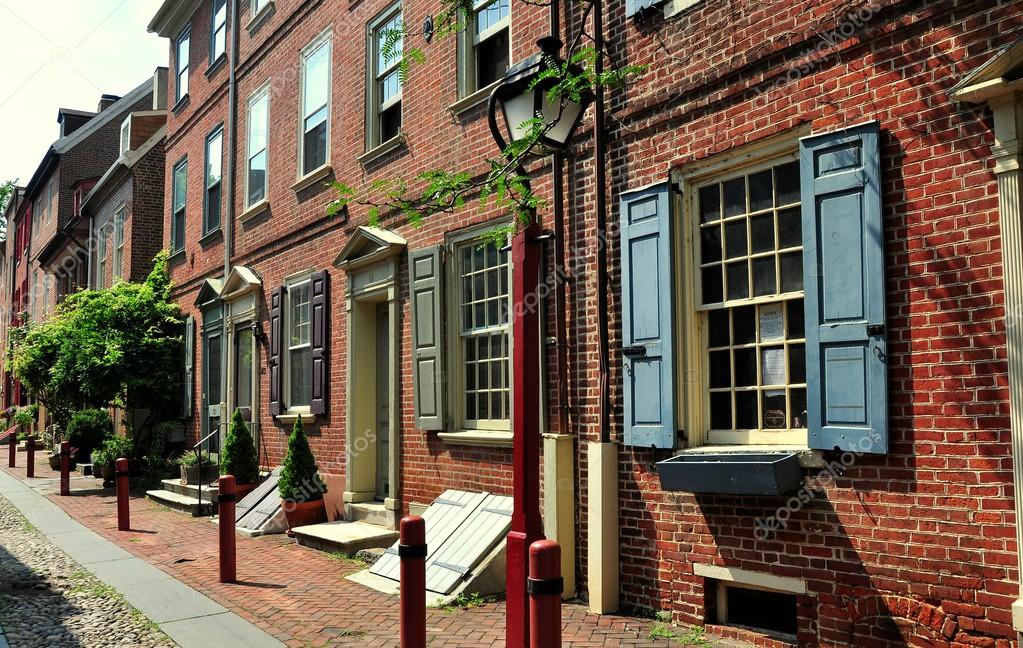Different Types of Red Bricks: A Comprehensive Guide
Red bricks, with their timeless appeal and enduring durability, have been a staple of construction for centuries. From grand Victorian mansions to charming cottages, these earthy building blocks have shaped the landscapes of countless towns and cities. But did you know that there are numerous types of red bricks, each with its own unique characteristics and applications? This comprehensive guide will explore the diverse world of red bricks, helping you understand the distinctions between them and make informed decisions for your next project.
1. Common Bricks
Common bricks, often referred to as standard bricks, are the most widely used type. They are typically manufactured from clay that is fired at high temperatures, resulting in a robust and durable brick. While they may not possess the same visual appeal as other types, common bricks offer excellent strength and affordability, making them suitable for a wide range of construction projects.
2. Engineering Bricks
Engineering bricks, also known as facing bricks, are designed for structural applications where high strength and durability are paramount. They are manufactured from specially selected clays and undergo rigorous quality control measures to ensure exceptional performance. Engineering bricks are commonly used in load-bearing walls, foundations, and other critical structural elements.
3. Facing Bricks
Facing bricks are primarily used for their aesthetic appeal and are often selected for their distinctive colors, textures, and finishes. They are available in a variety of styles, from traditional to modern, and can be used to create stunning facades and accents. While not as strong as engineering bricks, facing bricks are still durable enough for exterior use.
4. Handmade Bricks
Handmade bricks, crafted using traditional methods, possess a unique charm and character. They are typically made from locally sourced clays and fired in small kilns, resulting in variations in size, shape, and color. Handmade bricks offer a rustic and artisanal look, adding a touch of authenticity to any project.
5. Recycled Bricks
In an era of increasing sustainability, recycled bricks have gained popularity. These bricks are made from crushed and recycled concrete, bricks, and other building materials. Recycled bricks offer a cost-effective and eco-friendly alternative to traditional bricks, while still providing the necessary strength and durability.
6. Modular Bricks
Modular bricks, as the name suggests, are designed to be easily interlocked and assembled. They are typically smaller in size than standard bricks and often feature innovative designs that facilitate quick and efficient construction. Modular bricks are particularly suitable for projects where speed and ease of construction are essential.
7. Brick Slip
Brick slips are thin slices of brick that are applied to a backing material like concrete or plaster. They offer a cost-effective way to achieve the look of brick without the weight and thickness of a full brick. Brick slips are often used for cladding and creating decorative accents.
Choosing the Right Type of Red Brick
The type of red brick you choose will depend on the specific needs and requirements of your project. Factors to consider include:
- Structural requirements
- Aesthetic preferences
- Budget
- Sustainability
- Availability
By understanding the different types of red bricks available, you can make informed decisions and choose the perfect bricks to bring your vision to life.
Conclusion
Red bricks, with their timeless appeal, enduring durability, and diverse range of types, continue to be a popular choice for construction projects. Whether you're building a stately mansion, a cozy cottage, or a modern home, there's a red brick out there that's perfect for your needs. By considering the factors discussed above, you can select the right type of red brick to ensure a successful and aesthetically pleasing project.

